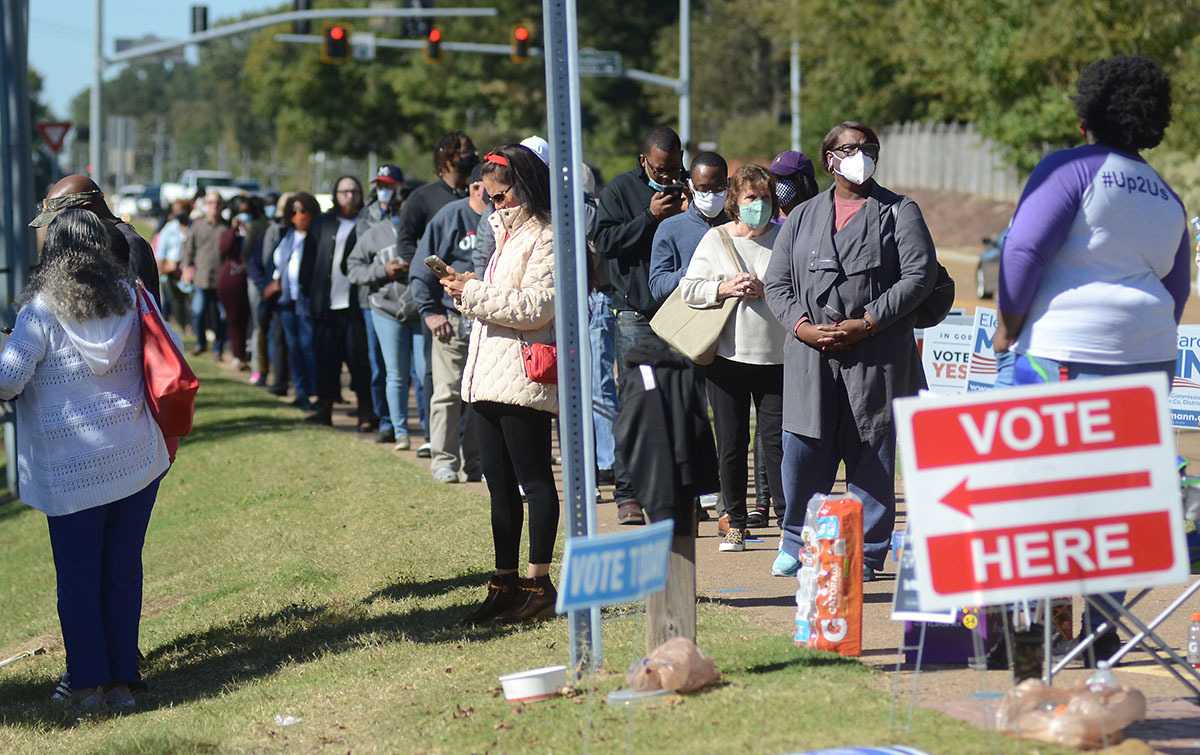Present to Past
Legislating Rights

1954Legalized Segregation
Nettie Hunt and Her Daughter Nikie on the Steps of the Supreme Court, 1954
The Rise and Fall of Jim Crow
Plessy v. Ferguson Judgment, 1896
Black people fought to enforce their rights as guaranteed by the Reconstruction Amendments. Stripped of newly won political seats and disenfranchised, they carried their cases all the way up to the U.S. Supreme Court. In the 1896 case Plessy v. Ferguson, the Supreme Court created the “separate but equal” doctrine, determining that racial segregation was constitutional and did not violate the equal protection clause of the 14th Amendment. This detrimental landmark decision legalized the era of Jim Crow and would not be overturned for decades.
Jim Crow laws not only required racial segregation in public spaces but enforced the racial caste systems. Black people were forced to attend separate schools and could not dine in restaurants, but also could not make eye contact with white people and were expected to step off the sidewalk for white passersby.
In the 1954 case Brown v. Board of Education, the Supreme Court struck down segregation in public schools. African American attorney Charles Hamilton Houston was pivotal to crafting the arguments against segregation, though he passed away before the case was decided. One of the prominent attorneys for the plaintiffs, Thurgood Marshall, went on to become the first Black person to serve on the bench of the U.S. Supreme Court. However, the fight was far from over, since the Court’s decision only applied to school desegregation—other forms of segregation remained legal.